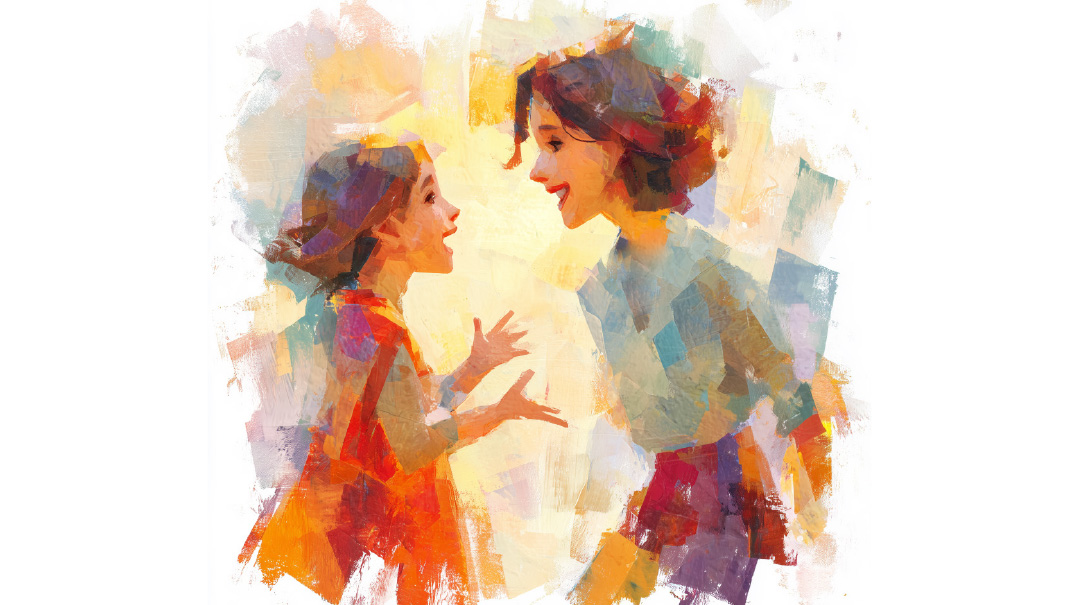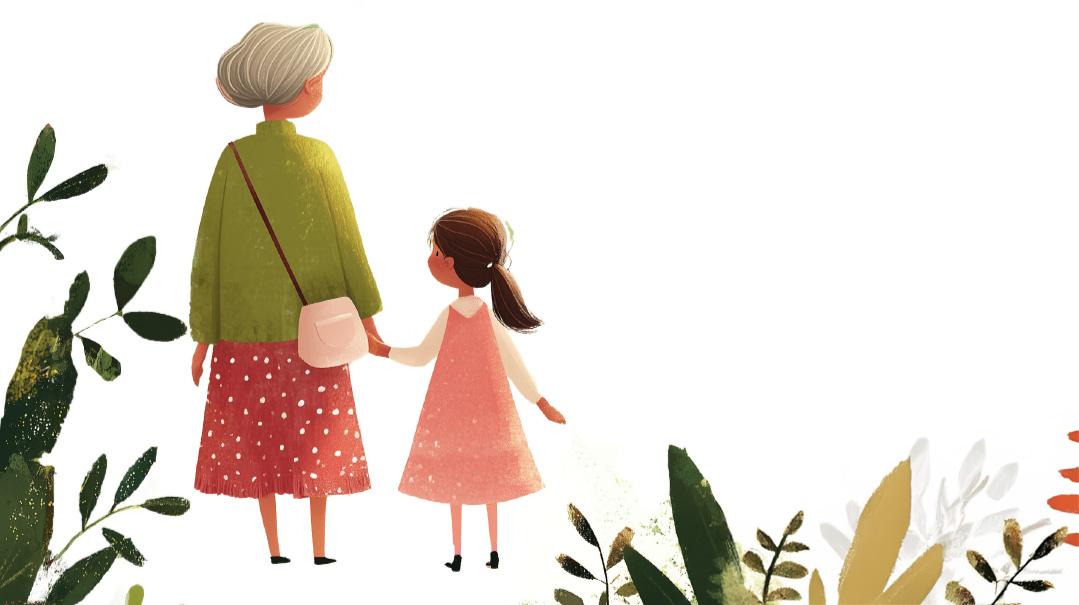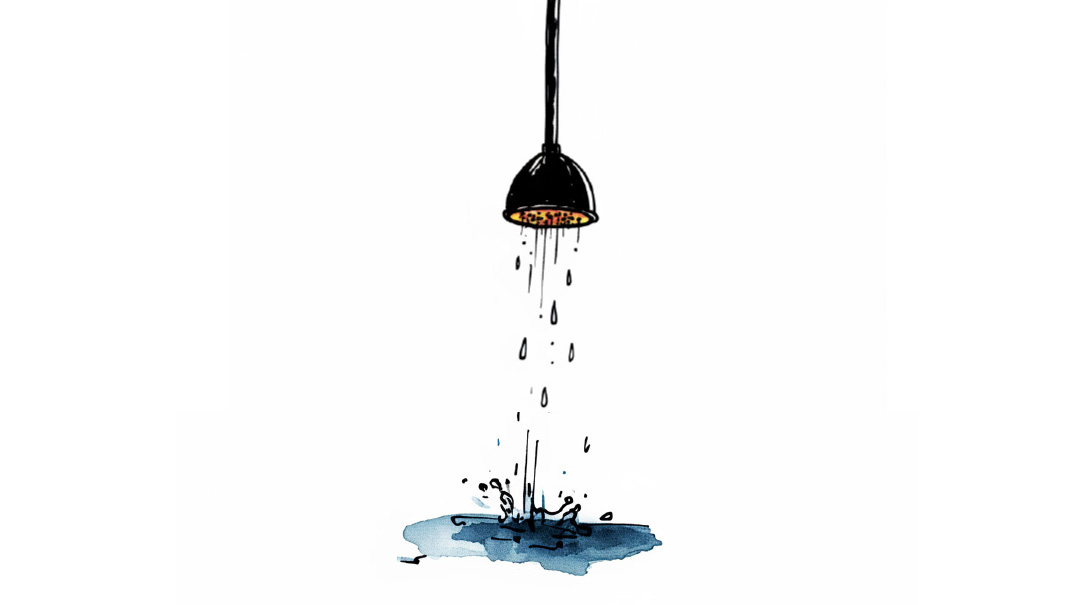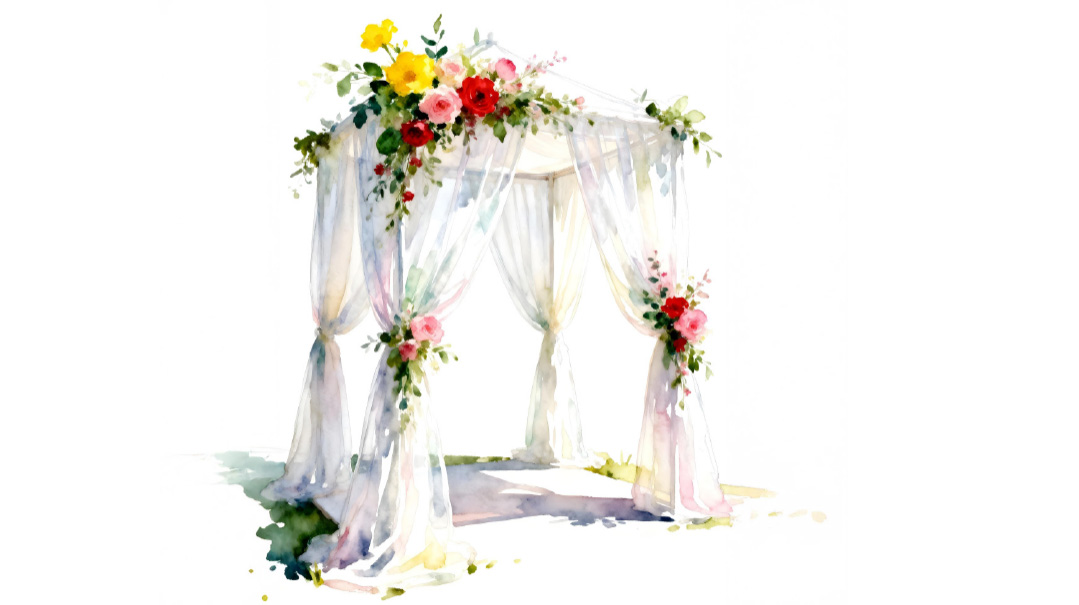A Time to Mourn, A Time to Dance

They’d never have a real wedding, true, but their parents made sure they’d have a chuppah

IT looked like an ordinary hachnassas sefer Torah.
There were lightbulbs strung across courtyards, and huge banners emblazoned with the words, “T’nu kavod laTorah” hanging from the surrounding buildings.
But this was no ordinary hachnassas sefer Torah.
There were two sifrei Torah topped by two silver crowns, two embroidered chuppah canopies, two scrolls wrapped in velvet and embossed with gold lettering, a memorial for two beautiful children, a 14-year-old and a 12-year-old, with blond hair and twinkling eyes, whose lives had been snuffed out in Meron.
Moshe Nossen and Yehoshua Englard.
Soft music played as the final letters of the sifrei Torah were written inside the home where the boys had been raised.
“These will be their chuppahs,” their father had declared in the months leading up to the event. They’d never have a real wedding, true, but their parents made sure they’d have a chuppah.
The music began playing at a faster tempo. The boys of the cheder Moshe Nossen and Yehoshua had attended were there, dressed in Shabbos attire and lined up in orderly rows, the older ones holding wax candles, the younger ones, battery-operated lanterns. Some of these children had known Moshe Nossen and Yehoshua well; they’d been in the same class, learned with them, laughed with them, maybe even skirmished with them.
Now they held candles for them.
Oops! We could not locate your form.







